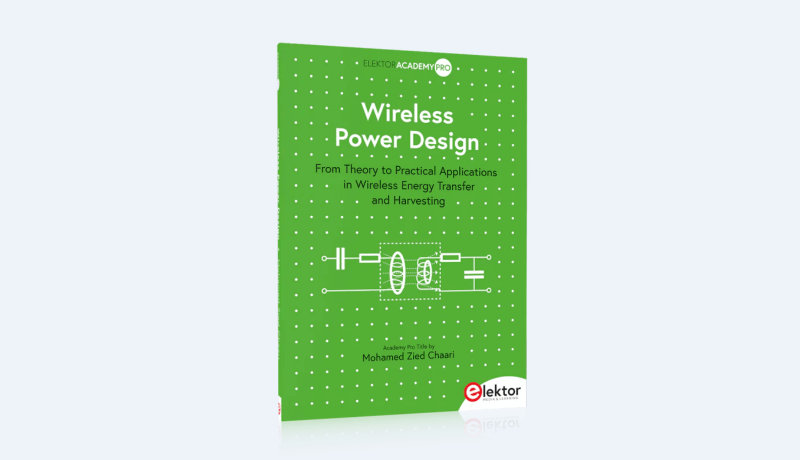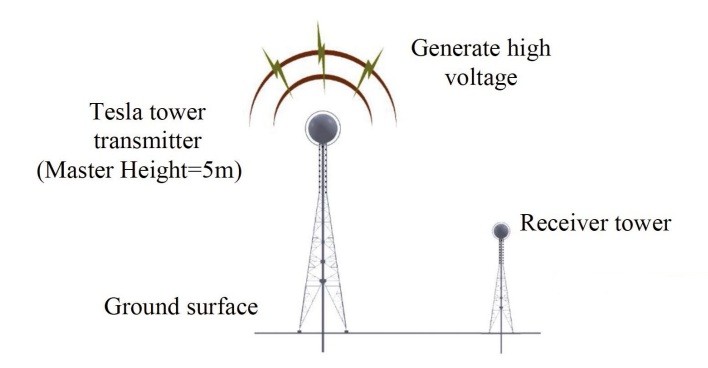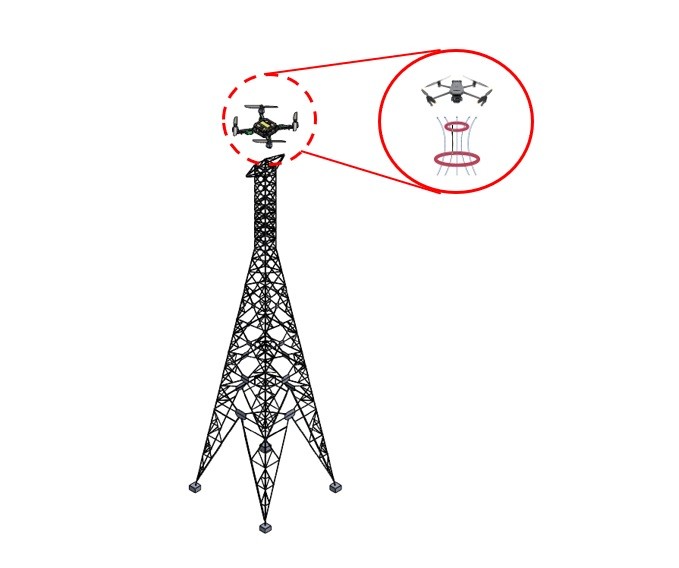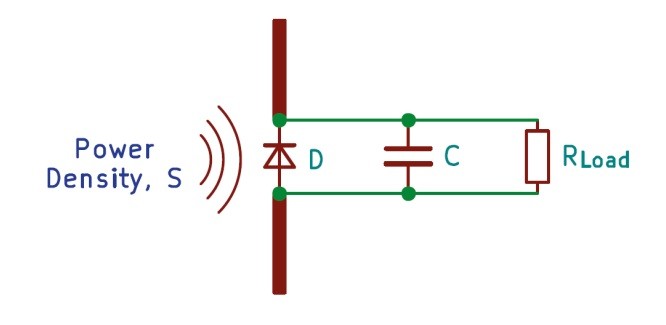Wireless Power: A Journey from Tesla to Technology in Action
on

A detailed guide to wireless power technology, Wireless Power Design – From Theory to Practical Applications in Wireless Energy Transfer and Harvesting by Dr. Mohamed Zied Chaari combines theory with real-world applications to help readers understand the potential of energy transfer and harvesting technologies.
Tracing the Evolution of Wireless Power Technology
The book starts by exploring the historical roots of wireless power through the work of pioneers like Heinrich Hertz, Nikola Tesla, and William Brown. Their innovative research laid the foundation for modern-day wireless power transfer (WPT) technologies. Dr. Chaari guides us through the evolution of WPT, specifically focusing on key technologies such as microwave-based transmission and electromagnetic induction, which form the basis for many of today’s wireless power solutions.
Practical Applications of Wireless Power Transfer
While the book covers the theory behind WPT in detail, what really makes it stand out is its focus on how these ideas are being put to use in the real world. Take EMROD, a New Zealand-based company, for example. They've developed a long-range, microwave-based wireless transmission system designed to replace traditional copper power lines. Their prototype, developed in collaboration with Callaghan Innovation, has already been tested by Powerco, New Zealand’s second-largest electricity distributor.
But WPT isn’t just changing the way we look at grid-level transmission, it’s also making waves in transportation, especially when it comes to electric vehicle (EV) charging. With more people switching to EVs, inductive charging is becoming a much simpler and more efficient option than traditional plug-in models. By embedding transmitter coils in road surfaces or parking pads, vehicles can be charged wirelessly with minimal user interaction. This reduces cable clutter and enhances user safety, and helps us move toward more sustainable energy solutions. As the book points out, this area is set for significant growth in the coming decade.
The book also explores some exciting possibilities for drone charging. As drones become more essential in fields like inspection, logistics, and emergency response, finding an easy way to keep them charged is crucial. The book takes a look at Powermat’s contactless system, which supports up to 300 W and works without precise alignment, as well as GET’s airborne solution, which allows drones to recharge mid-flight and stay operational for longer periods.

Technologies Highlighted in the Book
Alongside its foundational theory, the book presents a clear overview of several wireless power transfer technologies currently shaping innovation across industries. These include:
Microwave Wireless Power Transfer: The book explains how energy can be transmitted over long distances using focused microwave beams. A notable example is EMROD, a New Zealand company developing ground-to-ground power transmission, which has the potential to replace physical power lines.
Inductive Power Transfer (IPT): Used in wireless charging for electric vehicles, drones, and mobile phones, IPT relies on magnetic fields to transfer power across short distances. The book highlights IPT’s advantages, such as high efficiency and safety, while also noting its limitations, including short range and the need for precise coil alignment.
Laser-Based Power Transfer: The book explores how lasers can transmit energy through the air to a receiving device, converting light into electricity. It includes examples from NASA's Dryden Flight Research Center and Japan's JAXA Kakuda Space Center, discussing challenges related to atmospheric conditions, efficiency, and safety concerns.
Ultrasonic Wireless Power: The book details how ultrasonic power transfer uses acoustic waves to deliver energy, particularly for applications like powering implantable medical devices and sensors. It highlights the potential of this technique for energy transfer through materials such as metal, water, and tissue, and its advantages in overcoming limitations seen in other wireless charging methods.
Rectennas (Rectifying Antennas): Introduced early and explored in detail later, rectennas are devices that convert microwave or radio-frequency signals into usable DC power. These are a crucial component in many WPT systems, essential for energy harvesting.

Practical Projects in Wireless Power Transfer
The book presents a range of hands-on projects that cover different aspects of wireless power systems, each accompanied by clear explanations and parameter listings. The following five projects give you a chance to explore key areas of wireless power:
- Project 1: Wireless Powering of Advanced IoT Devices
- Project 2: Wireless Powered Devices on the Frontline – The Future and Challenges
- Project 3: Wireless Powering of Devices Using Inductive Technology
- Project 4: Wireless Power Transmission for IoT Devices
- Project 5: Charging Robot Crawler Inside the Pipeline
Wireless Power Design blends theory with real-world innovations, offering insights for anyone interested in the future of energy transfer.
More Resources
Elektor has launched Elektor Academy Pro, a new hands-on learning product portfolio designed for engineers and companies seeking practical, applicable training. In a fast-evolving tech landscape, traditional theory isn’t enough — professionals need skills they can immediately apply on the job. Building on Elektor’s legacy of experiential learning since 1961, Academy Pro offers real-world learning courses, expert-led event formats, and hands-on methodologies that turn knowledge into innovation. With over 60 years of practical education and a strong focus on real-life engineering applications, this initiative empowers teams to reskill, innovate, and stay ahead in a rapidly changing world.





Discussion (0 comments)